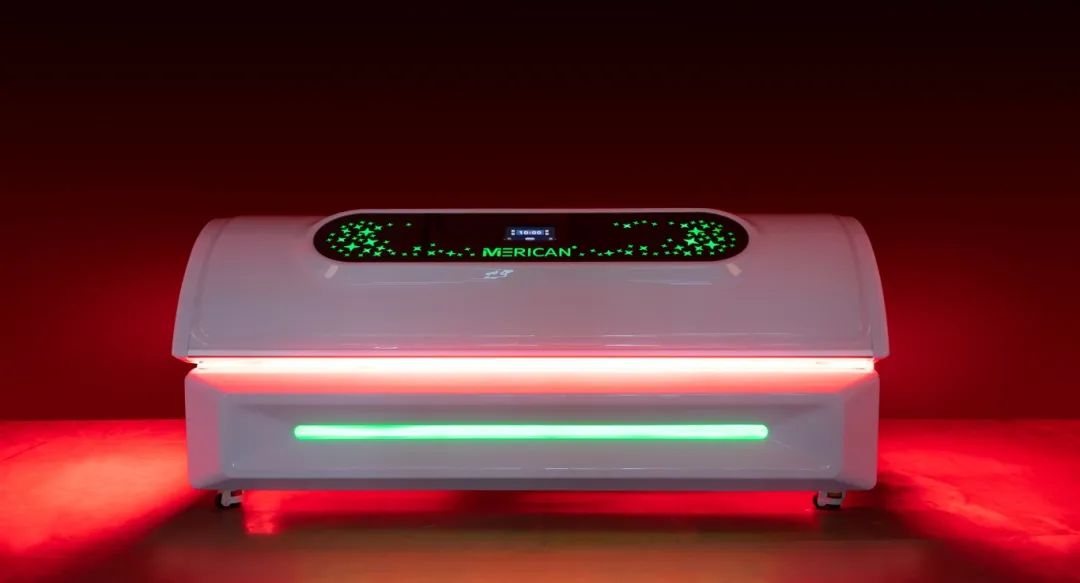Alzheimer's disease, a progressive neurodegenerative disorder, manifests through symptoms such as memory loss, aphasia, agnosia, and impaired executive function. Traditionally, patients have relied on medications for symptom relief. However, due to the limitations and potential side effects of these drugs, researchers have turned their attention to non-invasive phototherapy, achieving significant breakthroughs in recent years.
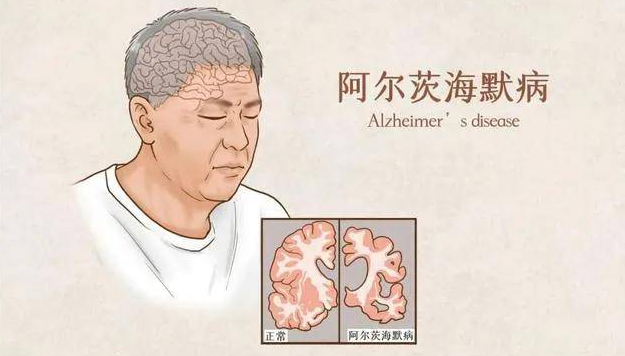
Recently, a team led by Professor Zhou Feifan from the Biomedical Engineering College of Hainan University discovered that non-contact transcranial phototherapy could alleviate pathological symptoms and enhance cognitive abilities in aged and Alzheimer's-afflicted mice. This groundbreaking finding, published in the journal Nature Communications, offers a promising strategy for managing neurodegenerative diseases.
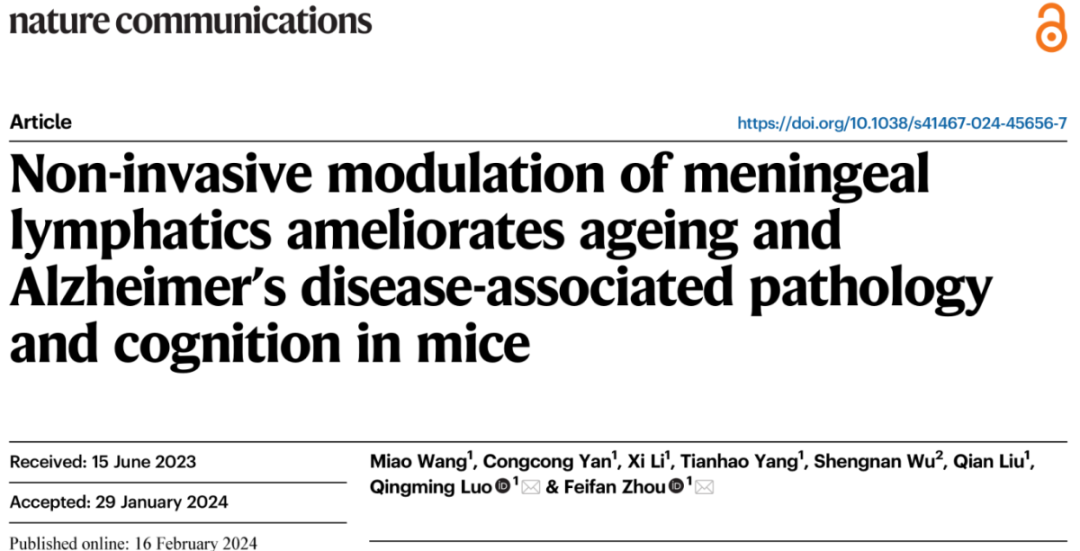
Understanding Alzheimer's Disease Pathology
The exact cause of Alzheimer's remains unclear, but it is characterized by abnormal beta-amyloid protein aggregation and neurofibrillary tangles, leading to neuronal dysfunction and cognitive decline. The brain, as the body's most metabolically active organ, produces significant metabolic waste during neural activity. Excessive accumulation of this waste can damage neurons, necessitating the efficient removal through the lymphatic system.
The meningeal lymphatic vessels, critical for central nervous system drainage, play a key role in clearing toxic beta-amyloid proteins, metabolic waste, and regulating immune activity, making them a target for treatment.
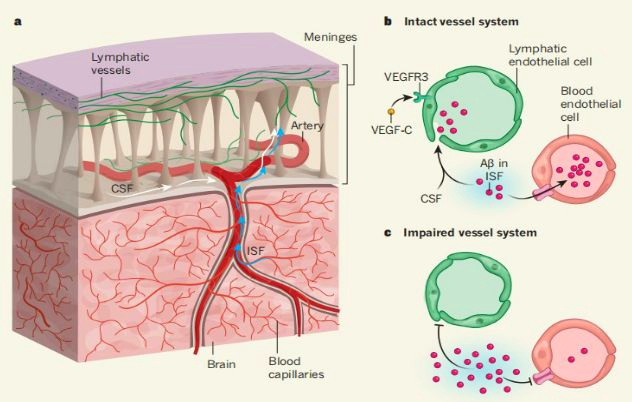
Phototherapy's Impact on Alzheimer's
Professor Zhou's team utilized an 808 nm near-infrared laser for four weeks of non-contact transcranial phototherapy on aged and Alzheimer's mice. This treatment significantly enhanced the function of meningeal lymphatic endothelial cells, improved lymphatic drainage, and ultimatedly alleviated pathological symptoms and improved cognitive functions in the mice.
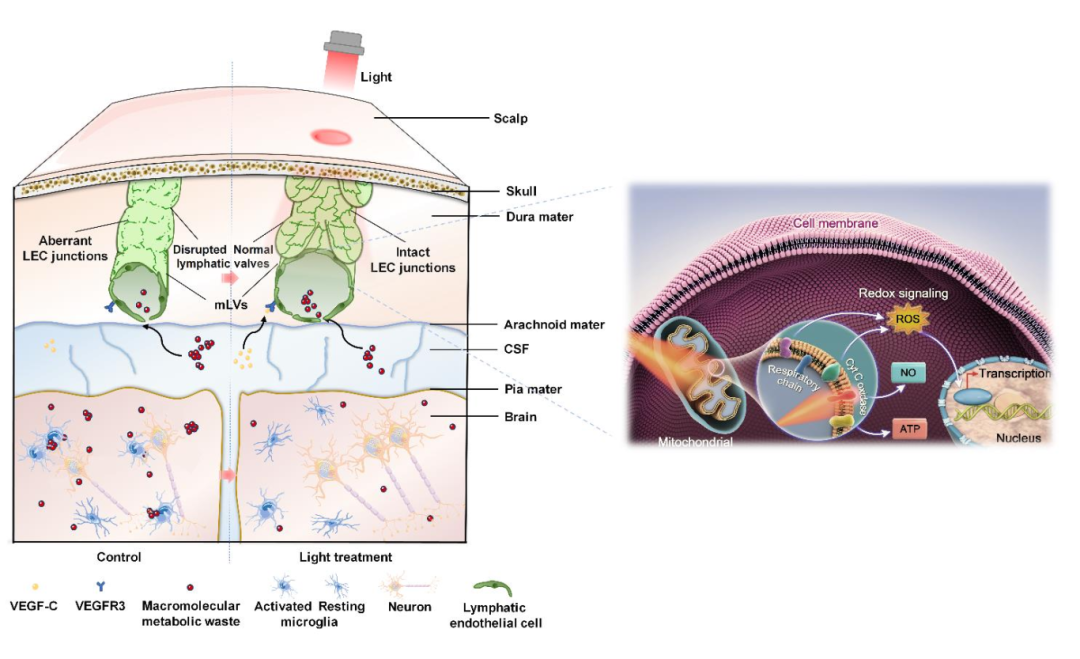
Promoting Neuronal Function through Phototherapy
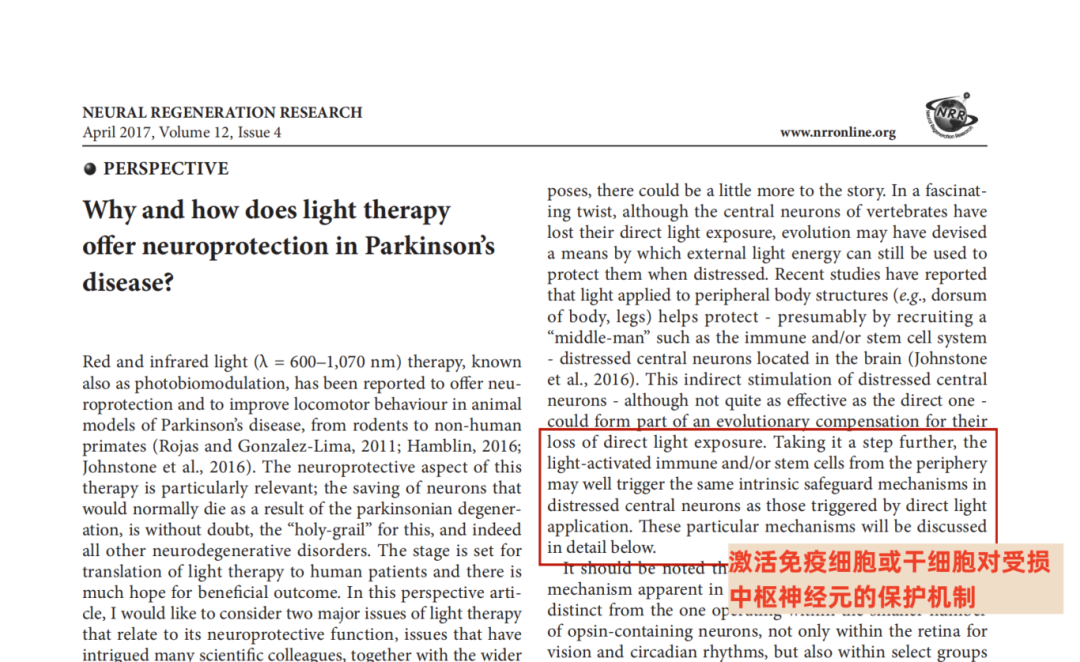
Phtotherapy can enhance and improve neuronal function through various mechanisms. For instance, the immune process plays a crucial role in Alzheimer's pathology. Recent studies indicate that 532 nm green laser irradiation can boost immune cell function, triggering intrinsic mechanisms in deep central neurons, improveing vascular dementia, and enhancing blood flow dynamics and clinical symptoms in Alzheimer's patients. Initial green laser vascular irradiation has shown significant improvements in blood viscosity, plasma viscosity, red blood cell aggregation, and neuropsychological tests.
Red and infrared light therapy (photobiomodulation) applied to peripheral body areas (back and legs) can activate immune cells or stem cells' intrinsic protective mechanisms, contributing to neuronal survival and beneficial gene expression.
Oxidative damage is also a critical pathological process in Alzheimer's development. Research suggests that red light irradiation can increase cellular ATP activity, induce a metabolic shift from glycolysis to mitochondrial activity in inflammatory microglia affected by oligomeric beta-amyloid, enhancing anti-inflammatory microglia levels, reducing pro-inflammatory cytokines, and activating phagocytosis to prevent neuronal death.
Improving alertness, awareness, and sustained attention is another viable method to enhance Alzheimer's patients' quality of life. Researchers have found that exposure to shorter-wavelength blue light positively impacts cognitive function and emotional regulation. Blue light irradiation can promote neural circuit activity, influence the activity of acetylcholinesterase (AchE) and choline acetyltransferase (ChAT), thereby improving learning and memory abilities.
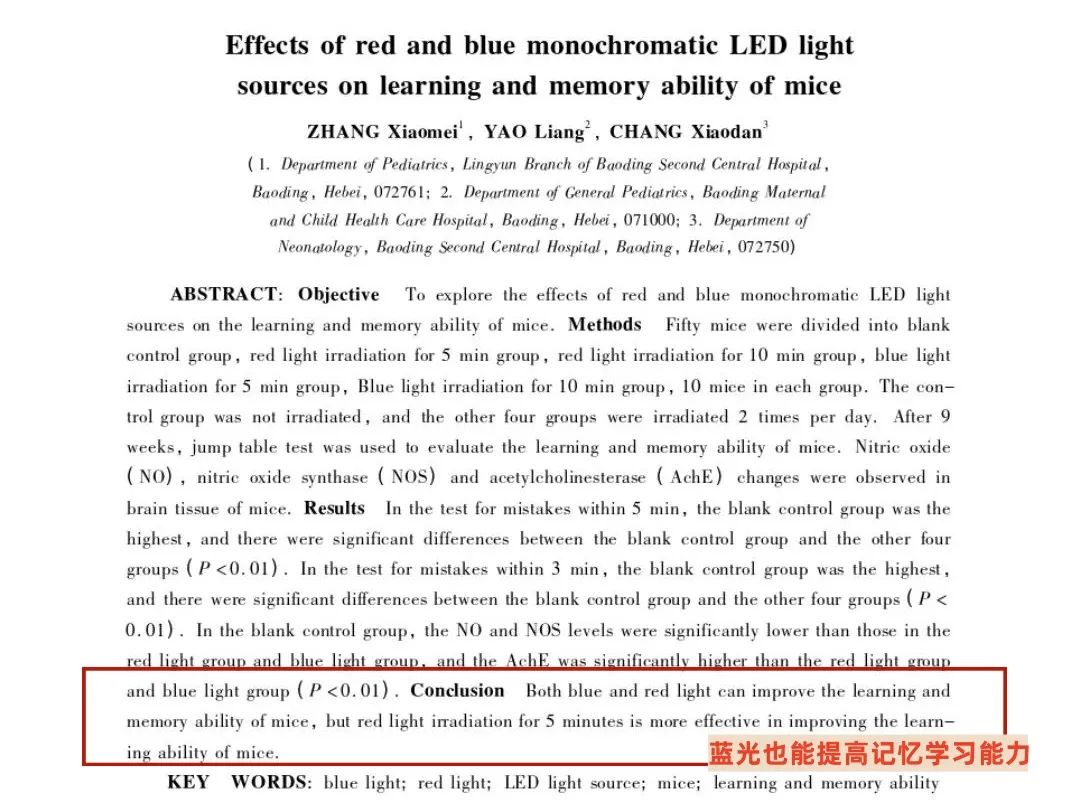
Phototherapy’s Positive Effects on Brain Neurons
A growing body of authoritative research confirms phototherapy’s positive effects on brain neuron function. It helps activate immune cells' intrinsic protective mechanisms, promotes neuronal survival gene expression, and balances mitochondrial reactive oxygen species levels. These findings establish a solid foundation for phototherapy’s clinical applications.
Based on these insights, the MERICAN Optical Energy Research Center, in collaboration with a German team and multiple universities, research, and medical institutions, conducted a study involving individuals aged 30-70 with mild cognitive impairment, memory decline, reduced comprehension and judgment, and diminished learning ability. Participants adhered to dietary and healthy lifestyle guidelines while undergoing phototherapy in the MERICAN health cabin, with consistent medication types and dosages.
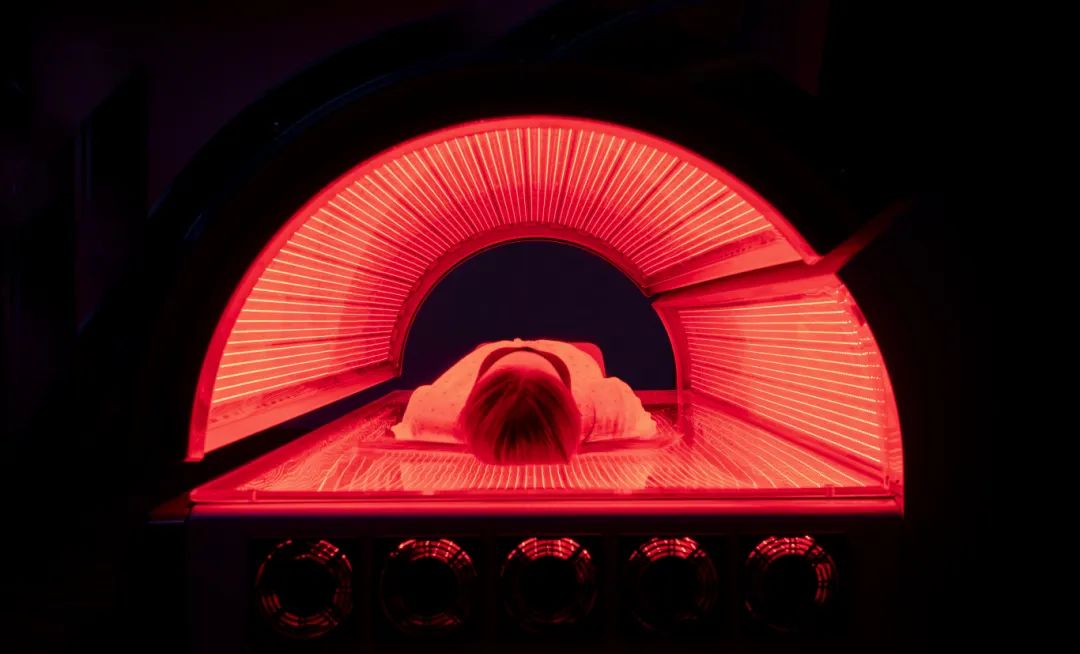
After three months of neuropsychological tests, mental state examinations, and cognitive assessments, the results showed significant improvements in MMSE, ADL, and HDS scores among health cabin phototherapy users. Participants also experienced enhanced visual attention, sleep quality, and reduced anxiety.
These findings suggest that phototherapy may serve as a supportive therapy to regulate brain cell activity, alleviate neuroinflammation and related pathologies, improve cognition, and enhance memory. Moreover, it opens new avenues for phototherapy to evolve into a preventive therapeutic approach.
